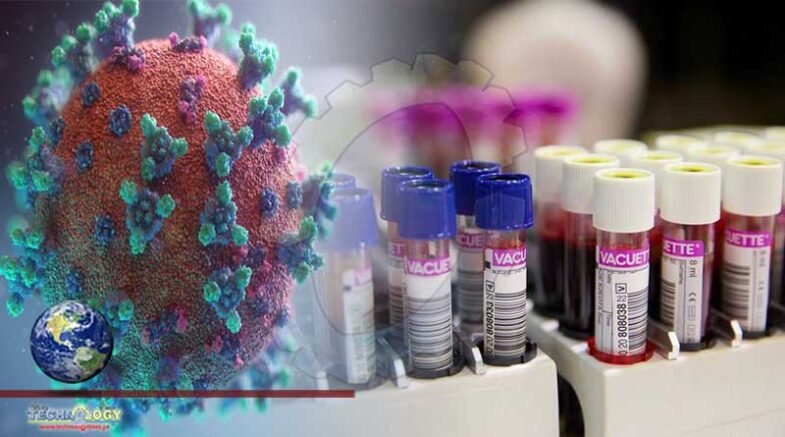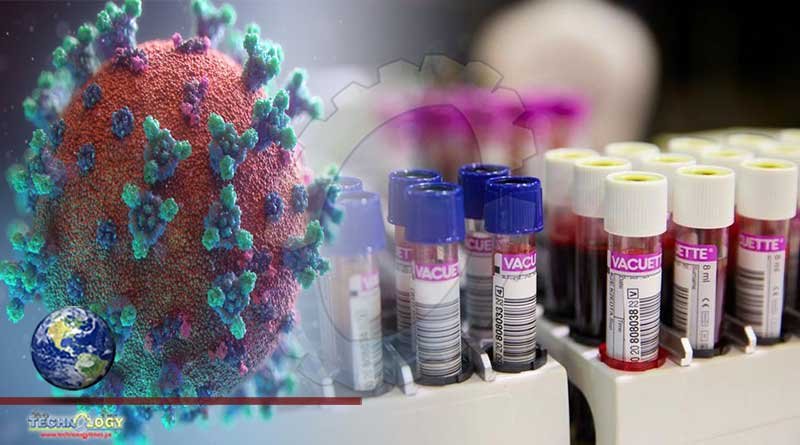The Phone cameras may replace lab equipment in COVID-19 testing on the novel coronavirus and efforts to find treatments for COVID-19.

The Phone cameras may replace lab equipment in COVID-19 testing is a roundup of some of the latest scientific studies on the novel coronavirus and efforts to find treatments and vaccines for COVID-19, the illness caused by the virus.
Researchers seeking faster, more convenient options for ramping up coronavirus testing are looking at a novel approach using a gene-editing technology called CRISPR and smartphone cameras in place of bulky laboratory equipment.
In a paper published on Friday in Cell, a team that includes Jennifer Doudna – this year’s co-winner of the Nobel Prize in chemistry – describes a CRISPR-based COVID-19 test in which the swab sample is mixed with an enzyme called Cas13 that can recognize the genetic material of the new coronavirus, plus an extra molecule that becomes fluorescent when cut. The mixture is then placed in a device that attaches to smartphones.
If the mixture contains genetic material from the virus, the enzyme finds it and slices it – without time-consuming virus-purification steps other tests require. The enzyme also slices the extra molecule, and the resulting fluorescence is detected by the phone camera as a signal that the virus is present. Smartphone cameras “are about 10-fold more sensitive than lab-based devices in detecting the fluorescence signal fast and reliably within minutes,” said coauthor Dr. Melanie Ott of the Gladstone Institute of Virology at the University of California, San Francisco. “The cell phone is also portable, widely available and… via GPS can facilitate contact tracing.”
Originally published at Reuters
